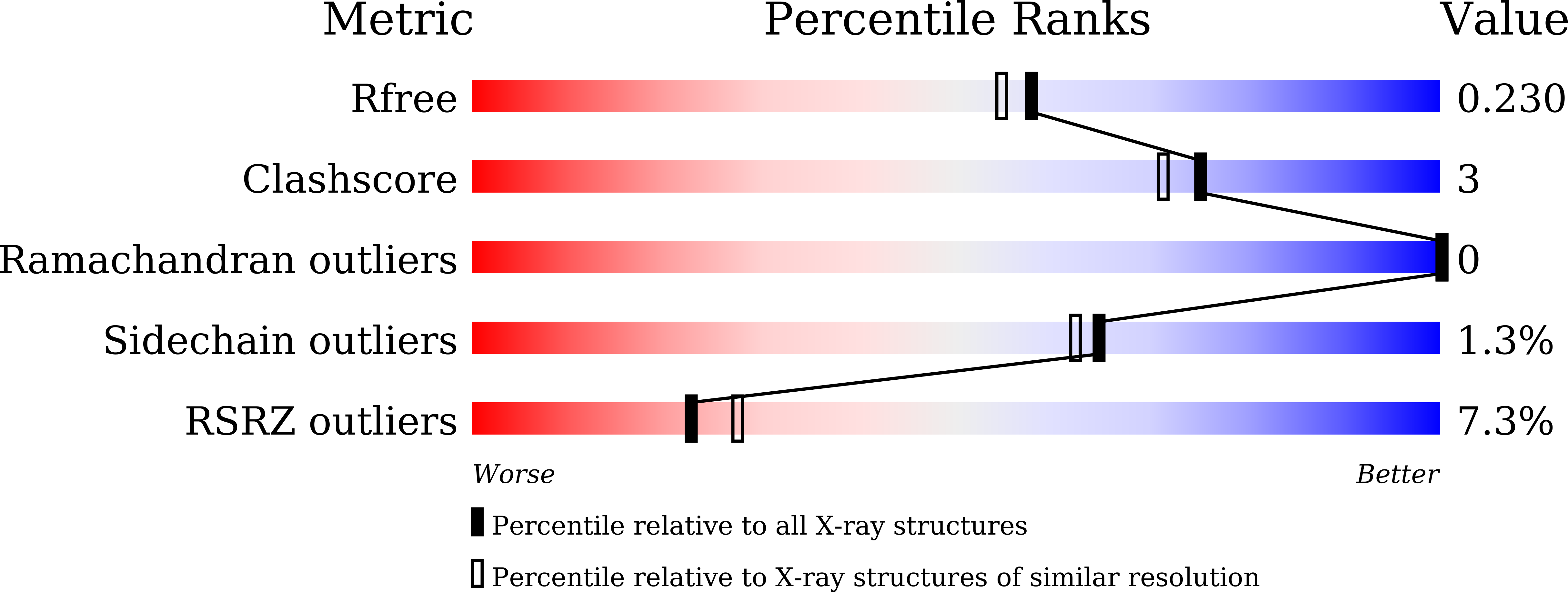
Deposition Date
2024-03-12
Release Date
2025-03-19
Last Version Date
2025-04-16
Entry Detail
Biological Source:
Source Organism:
Helicobacter pylori (strain G27) (Taxon ID: 563041)
Host Organism:
Method Details:
Experimental Method:
Resolution:
1.95 Å
R-Value Free:
0.22
R-Value Work:
0.19
R-Value Observed:
0.19
Space Group:
I 2 2 2


